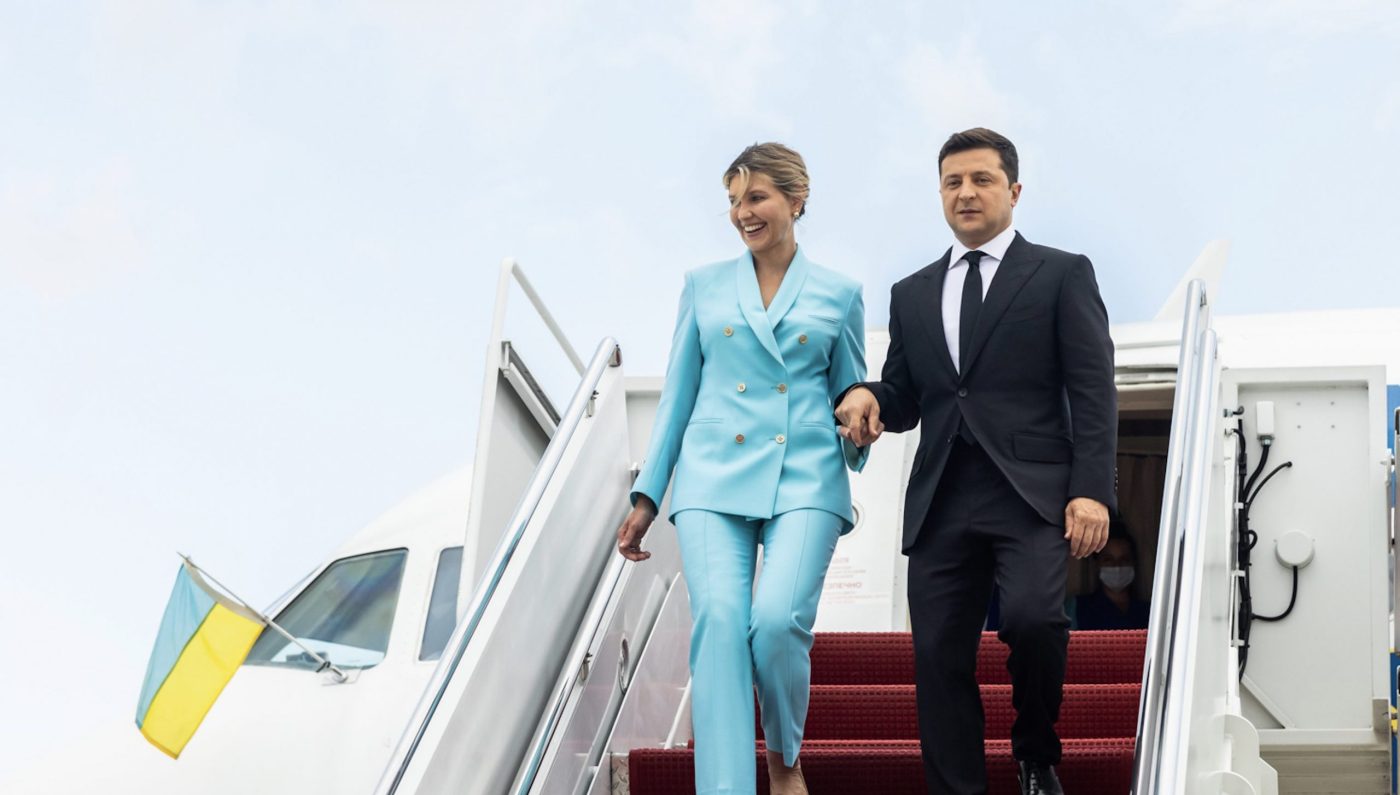Going into the meeting, both sides have articulated significantly different priorities, perceptions, and expectations. Already a challenge, this disconnect is amplified by the meeting taking place just as the Biden administration is scrambling to deal with the aftermath of the debacle in Afghanistan, meaning there has been little time or focus in Washington on creating an affirmative, strategic and credible agenda for the U.S.-Ukraine relationship.
For Ukraine, the primary issue is security. Ukraine continues to defend itself against ongoing Russian aggression and seizure of Ukrainian territory. It sees itself — with some justification — as the front line of the West’s defense against Russian aggression. Ukraine is losing lives and treasure in defense of a greater democratic ideal.
Ukraine seeks therefore greater U.S. involvement in the diplomacy aimed at putting pressure on Russia to end the war.; it looks to the United States to lead a more serious effort within NATO to address Ukraine’s alliance aspirations; it seeks greater U.S. investment, which will help Ukraine’s economy grow and build resilience; and it needs U.S. assistance in establishing energy security, especially after the (imminent) completion of the Nord Stream 2 pipeline.
From the U.S. perspective, the primary issue is Ukraine’s own underperformance in fighting corruption, reforming the judiciary and the economy, and establishing a healthy democratic environment governed by the rule of law. Those are the prerequisites for International Monetary Fund (IMF) assistance, for greater foreign investment, for progress on NATO, for greater bilateral assistance, and for strengthening Ukrainian ties to Europe.
And herein lies the difference: What Ukraine sees as defending its vital interests, the United States sees as being overly demanding. What the United States sees as “tough love,” pushing Ukraine to make essential decisions for its own success, the Ukrainians see as tone-deaf hectoring while the country is under military assault.
Neither side is wrong, but neither have they forged a common path. This is where the meeting between the two presidents can produce a positive result. If they can genuinely listen to each other, they may find that the two countries are actually on the same page substantively, and just need to do a better job communicating, developing joint strategies, and following through with coordinated, tangible steps.
The joint statements issued during the visit may offer to provide positive, generic language. But if the two leaders can truly understand each other, they can create a pathway for real progress as a follow-up to the meeting.
Such a post-summit agenda could include:
- Relaunching the U.S.-Ukraine strategic dialogue, under the chairmanship of the Secretary of State and Minister of Foreign Affairs. This format exists in theory but in practice has not been used effectively for years. Now is the time to re-launch.
- Naming the next U.S. Ambassador to Ukraine. The United States has been without an ambassador for over two years — an inexplicable situation given the country’s strategic importance in Europe.
- Assigning a U.S. individual who will engage in diplomatic efforts to end Russia’s war in Donbas. Only a U.S. representative can play a leading role in engaging with France, Germany, Russia, NATO, the European Union (EU), the UK, Canada, the Organization for Security and Cooperation in Europe (OSCE), and others. No American diplomat has carried out those functions since I resigned in September 2019, and it is a vital role that the United States must play. It can be a designated “special envoy,” or a sitting U.S. official who is specifically tasked with these duties, but someone must be named.
- Leading a joint U.S.-Ukrainian-German effort to establish Ukrainian energy independence. Getting there would require the U.S. to support increased gas and oil production in the short term while helping Ukraine strengthen its electrical grid and couple it to Europe (instead of Russia) in order to build reliance on renewables in the long run. Such steps would negate the impact of Russia bypassing Ukraine with Nord Stream 2. The U.S.-German joint statement issued after the green light to Nord Stream 2 treated Ukraine’s concerns as though they were purely monetary (through the loss of transit fees.) For Ukraine, however, the issue is security. If the United States and Germany work together with Ukraine, for example, providing market sector advice and loan guarantees, it should be possible for Ukraine to become a net energy exporter within five years. This would negate the impact of Russia bypassing Ukraine with Nord Stream 2.
- Likewise, the United States should initiate a serious dialogue with Germany and Ukraine about Ukraine’s path to NATO membership. At the moment, NATO engages Ukraine with a somewhat insulting process-loop: it says, based on the 2008 Bucharest Summit, that Ukraine will become a member of NATO, and that the Membership Action Plan (MAP) is the next step. But then it routinely denies Ukraine access to the MAP, thus thwarting Ukraine’s NATO aspirations without any real discussion. The U.S. should lead an effort to scrap the MAP with respect to Ukraine — since it already has all the tools through the NATO-Ukraine Commission anyway — and begin a real dialogue about what it will take for Ukraine to succeed. What does Ukraine need to do, and what does NATO need to do? Let’s be specific and create an action plan to work toward success.
- Finally, the two countries should talk about building a competitive marketplace in Ukraine that attracts foreign investment. Ukraine’s status as one of the lowest per-capita-income countries in Europe is an anomaly, driven by the lack of a truly competitive marketplace operating under the rule of law. Ukraine’s current efforts at “de-oligarchization” look more like selective prosecution than structural change. It will take genuine systemic change, based on anti-trust legislation that enforces a competitive marketplace, to unlock Ukraine’s potential for growth. The United States did this itself in the early 20th Century – turning the names of Carnegie, Rockefeller, Morgan, and Ford from monopolists to honored philanthropists. There is no reason why Ukraine cannot do it today.




